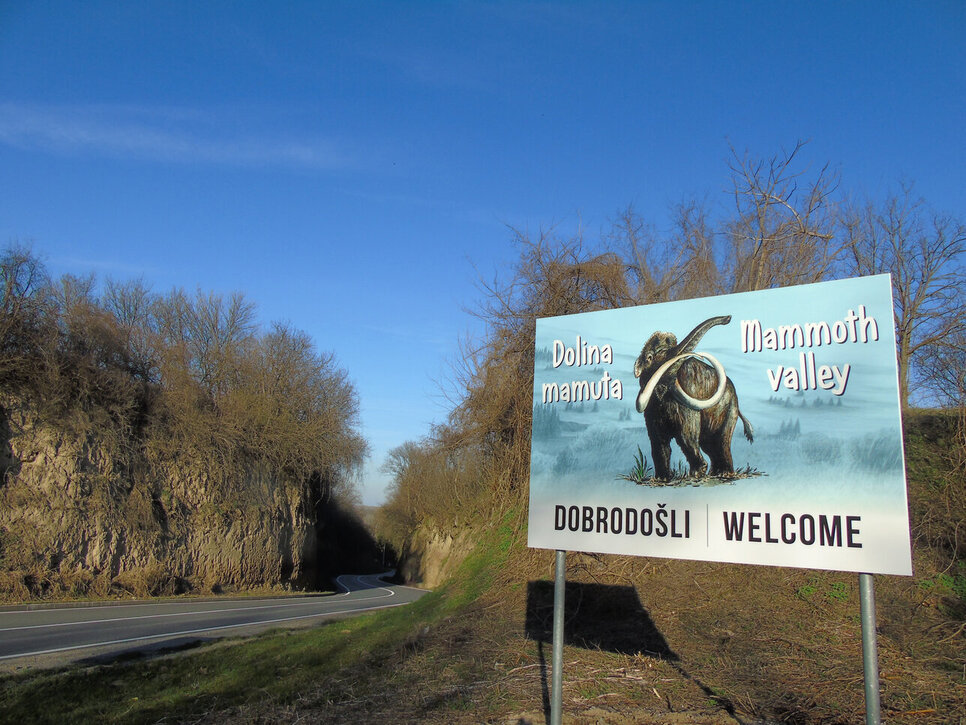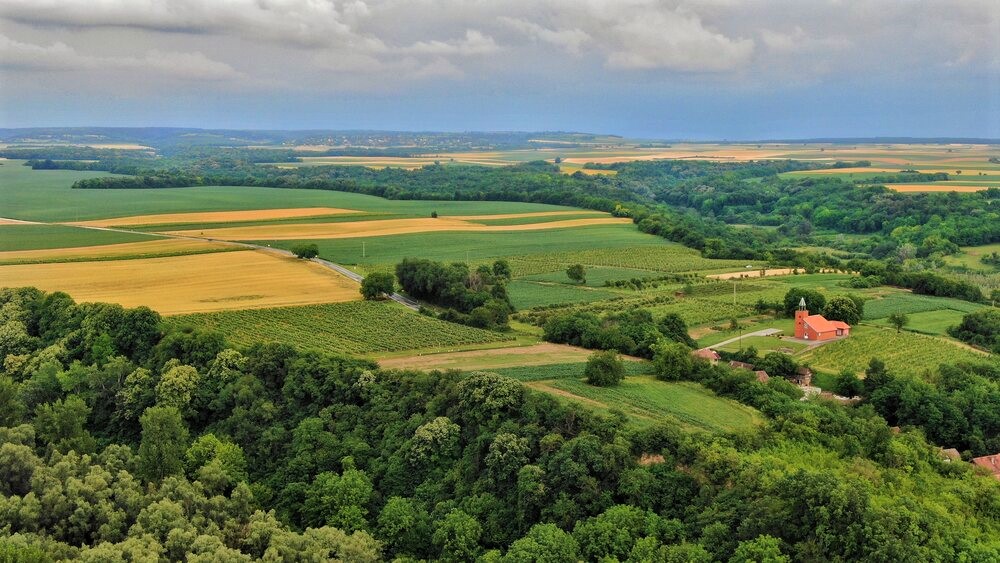The small village of Mohovo proves that small things can change lives and history. Mohovo is situated halfway between Ilok and Vukovar in the very east of the Republic of Croatia. It was just an ordinary village, like many others in Eastern Croatia, until fossil remains of a mammoth and woolly rhinoceros were found in the orchard of one family house in the fall of 2012.

This story attracted numerous media from across the region, but this is not the end of it. In the fall of 2016, on the exact same date, new fossil remains of a woolly mammoth were found not far from the first location.
The village Mohovo was named the “Mammoth Valley”. After the first significant research was launched, new fossil remains of mammoths, woolly rhinoceros, hyenas, wild horses, and bison were found. Mohovo is also officially a new indigenous site of the ice age megafauna.
There are many theories regarding the deaths of large numbers of animals during the ice age in Mohovo, the first being that they got stuck in deep mud from which they could not get out. Evidence of it was found in the earth sediments, which show that there used to be a lake at the site of the “Mammoth Valley”. The village Mohovo and the “Mammoth Valley” are located in the very crevice of the Fruška Gora next to the Danube, and during the Ice Age 15,000 years ago it was covered with ice. Since the ice became thinner due to global warming, another theory says that the animals, trying to cross from one side to the other, fell through it, and thus perished.

All this gave the idea to young locals who decided to launch an initiative to revive their small village through these great discoveries, and the original evidence-based story will show the prehistory of life on Earth in the area of today’s Mohovo, Eastern Slavonia, and Srijem.
Numerous items, such as ice age animal sculptures, information boards, and “Mammoth Valley” lookout have already been set up in the center of the village. The view from the lookout shows the area where the animals ended their lives 15,000 years ago.


The idea for the future is to build an information interpretation center with replicas of prehistoric animals and education facilities at the site of the discovery.
Author: ilok.hr / dolinamamuta.hr




